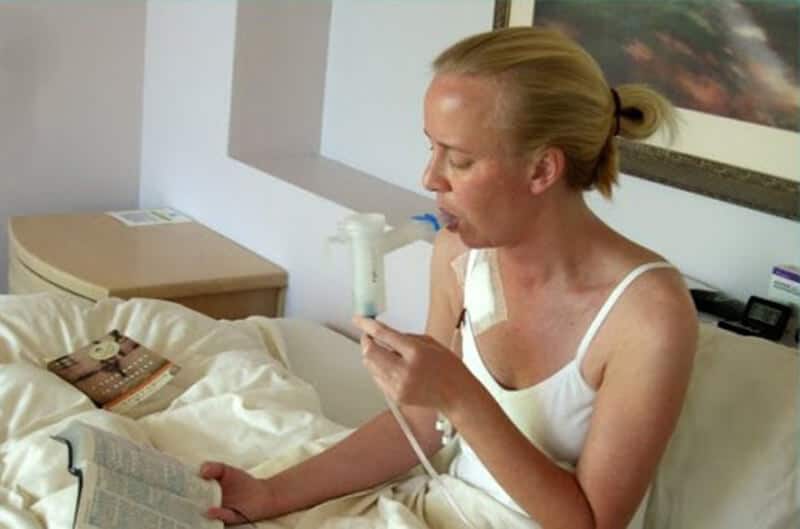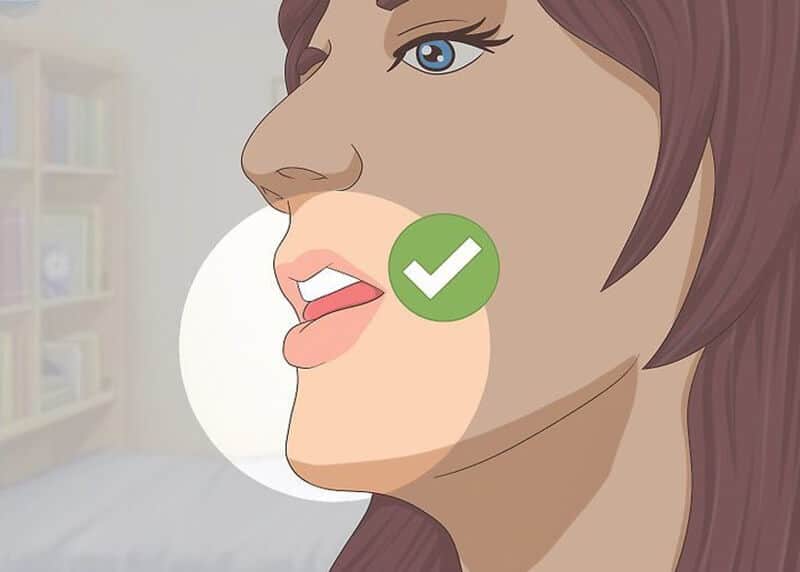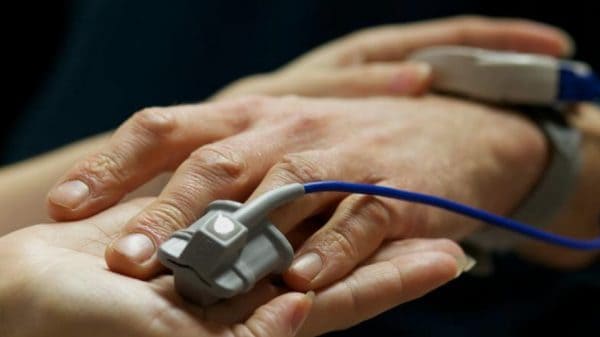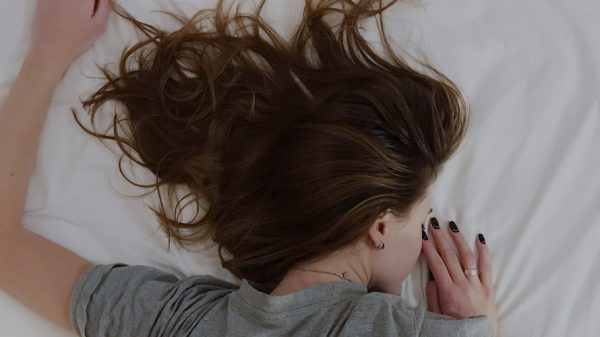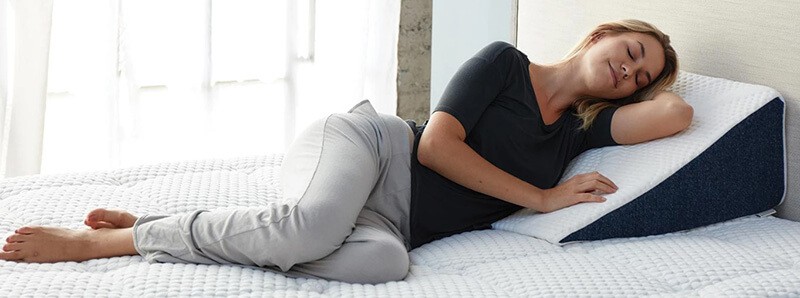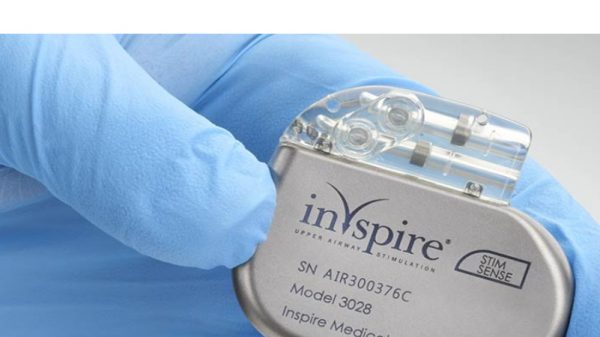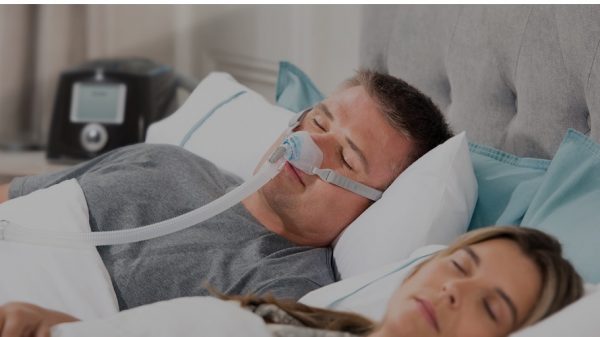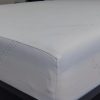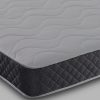What is sleep apnea?
Sleep apnea is commonly mistaken as snoring, but it’s actually more serious than that. This sleeping disorder happens when a person’s breathing is suddenly interrupted while sleeping. Sleep apnea is characterized by a loud snore alongside with a strange feeling of fatigue despite having a full 8-hour sleep. If your breathing becomes interrupted, your body may not be getting enough oxygen to function while you are asleep.
What are the types of sleep apnea?
There are two types of sleep apnea: obstructive sleep apnea and central sleep apnea.
The most common type is the obstructive sleep apnea. This happens when the upper airway gets blocked, which is caused by the throat muscles collapsing. This is what makes a person snore because the air is forced to pass between a narrow space.
Central sleep apnea, on the other hand, does not involve blocked airways. Instead, the brain fails to send a signal to the muscles for you to be able to breathe involuntarily. Since you are not awake, your body will not attempt to or force you to breathe, unlike in obstructive sleep apnea. This type of sleep apnea is often characterized as a symptom of an underlying illness that may affect the functions of your brain.
What are the signs and symptoms of sleep apnea?
Checking for signs and symptoms of sleep apnea may be difficult since you are asleep, but if you have someone who can monitor your sleep or if you can document yourself while sleeping. If the following signs are observed, then you might be suffering from sleep apnea:
- Loud and consistent snoring every night
- Gasping, choking, or snorting noises
- Pauses in breathing
- Suddenly waking up as if you ran out of breath
- Strange feeling of fatigue and sleeplessness even after a full 8-hour sleep
- Dry mouth or sore throat
- Insomnia
- Frequent urination at night
- Forgetfulness
- Lack of focus and concentration
- Morning headaches
- Irritability, mood swings, depression
- Impotence
Who is at risk for sleep apnea?
Anyone can suffer from sleep apnea, but the following are more susceptible to the sleeping disorder:
- Overweight males
- With heart disease
- 40 years old and above
- Those who have a family history of sleep apnea
- Smokers
- Those with a large neck size
- With physiological features such as enlarged tonsils or adenoids, deviated septum, and receding chin
Is it sleep apnea or merely snoring?
There are ways on how you can tell the difference between sleep apnea and snoring.
If you snore quite a lot but the quality of your sleep is not affected by it, then it is possible that you will not experience any feeling of tiredness or sleeplessness throughout the day. Keep in mind that not everyone who snores automatically has sleep apnea. You still have to watch out for other signs of sleep apnea to determine if you really do suffer from this sleeping disorder.
5 Breathing Exercises For Sleep Apnea
Various exercises that involve the chin, soft palate, throat, and tongue can be done to address symptoms of sleep apnea.
1. Tiger Yell
Exercising the lean muscles on the neck is a great way to prevent sleep apnea. In this exercise, you need to open your mouth as if you are a tiger who is about to roar. At the same time, extend your tongue outwards to lift the uvula. Hold this position for about 5 seconds and repeat 10 times.
2. Sing Loud and Proud
Singing exercises the soft palate and upper throat. To do this, you’ll need to perform vowel exercise, making sure to maintain and prolong each sound.
3. Tongue Slides
By doing regular tongue exercises, you can prevent your tongue from collapsing to the back of the throat, which impedes breathing while sleeping. Tongue slides involve pushing the tip of your tongue against your hard palate and making a backward sliding motion for 20 times.
4. Soft Palate Stretches
Soft palate stretches involve opening your mouth as wide as possible while saying “ah” for 20 seconds. There is an interval of 5 seconds before you repeat this exercise for about ten times.
5. Jaw Tension Release
To do this exercise, close your mouth and try to slide the tip of your tongue to the back of your hard palate. Maintain this position, then open your mouth slowly until you can’t reach the back of your hard palate anymore. Do this exercise for 5 minutes twice a day.

